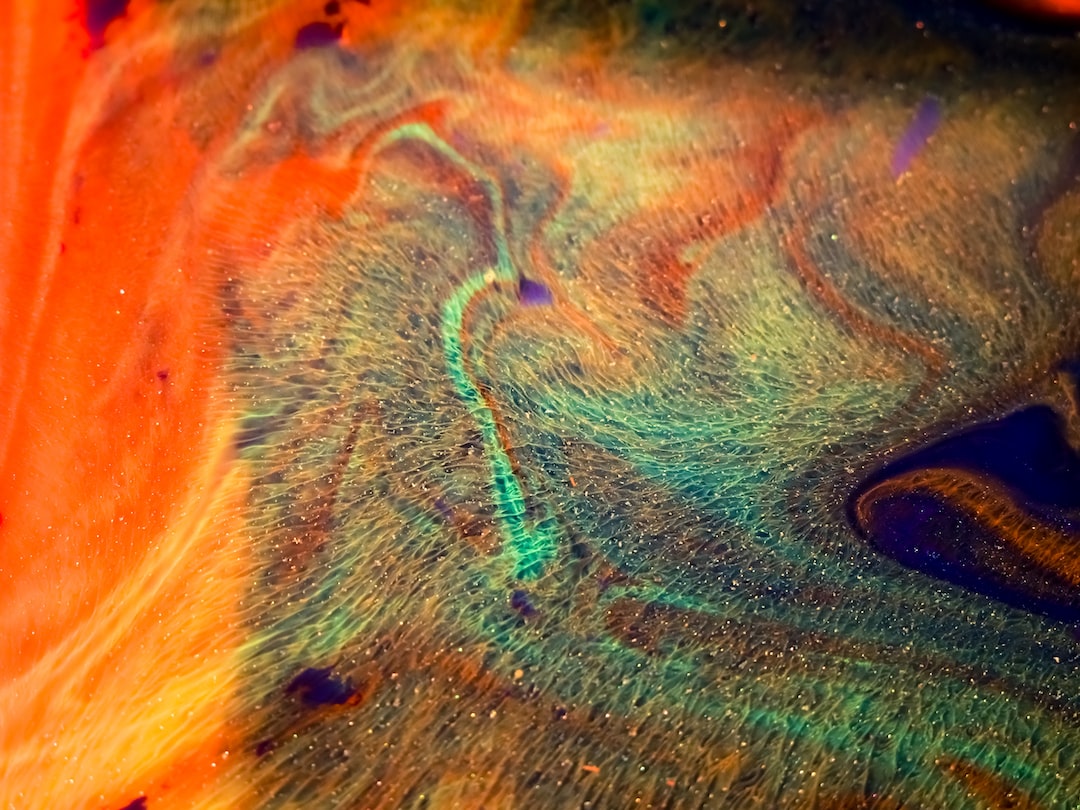Breaking Boundaries: The Rise of Digital Art
Art has always been a means for self-expression and creativity. From the ancient cave drawings to classical paintings, artists have continuously pushed boundaries, challenging conventions and redefining the art world. In recent years, a new movement has emerged, one that blurs the line between traditional art forms and technology – digital art.
Digital art can be defined as any artwork created using digital technology, such as computers, tablets, and smartphones. It encompasses a wide range of mediums, including digital painting, 3D modeling, animation, and even virtual reality experiences. The rise of digital art has opened up endless possibilities for artists, allowing them to experiment with new techniques, materials, and concepts, ultimately transforming the way we perceive and consume art.
One of the key advantages of digital art is its accessibility. Unlike traditional art forms that often require expensive materials and extensive training, digital art allows anyone with a device and an internet connection to create and share their work. This democratization of art has led to a more diverse and inclusive art scene, where individuals from all backgrounds and skill levels can participate and contribute.
Moreover, digital art has enabled artists to break free from the limitations of physical space. Traditional art exhibits are often limited to specific locations and require a significant amount of resources to organize. However, with digital art, artists can showcase their work online, reaching a global audience with just a few clicks. This not only provides greater exposure for artists but also allows art enthusiasts from all over the world to discover and connect with new and emerging talent.
Digital technology has also revolutionized the way art is created. With tools like digital brushes, layers, and filters, artists can experiment and iterate in real-time, easily correcting mistakes or trying out different styles. This flexibility and immediacy have given artists newfound freedom, pushing the boundaries of what is possible in art. Additionally, the integration of augmented and virtual reality has paved the way for immersive art experiences, where the viewer becomes an active participant in the artwork.
The rise of digital art has not been without controversy, however. Some traditionalists argue that digital art lacks the tactile and physical nature that makes traditional art so unique. They argue that digital art is soulless, devoid of the human touch that brings art to life. While it is true that digital art differs from traditional art forms, it is important to recognize that it is a new medium that has its own merits and artistic value.
In fact, many artists have embraced digital technology as a means to enhance and complement traditional techniques. They blend traditional and digital mediums, creating unique and captivating artworks that push the boundaries of both. This fusion of old and new creates a dynamic and exciting art scene, where boundaries are continuously broken, and new possibilities are explored.
In conclusion, the rise of digital art is a testament to the ever-evolving nature of the art world. It has opened up new avenues for creativity, providing artists with endless possibilities and audiences with new ways to engage with art. While it may challenge traditional notions of art, it is important to embrace and celebrate this digital revolution, as it paves the way for a more inclusive, accessible, and diverse art scene. Breaking boundaries is what art is all about, and digital art is leading the way in the 21st century.

